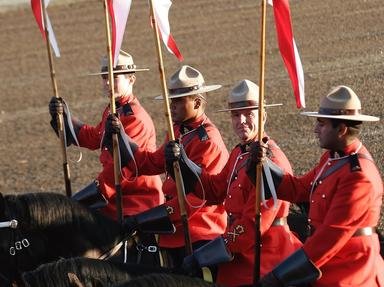
Timeline of Canadian Confederation Quiz
I've listed Canada's provinces and territories alphabetically, along with two other significant events of Confederation. Can you match the year that each province/territory joined, plus the two events?
A matching quiz
by reedy.
Estimated time: 3 mins.
- Home
- »
- Quizzes
- »
- History Trivia
- »
- Canadian
